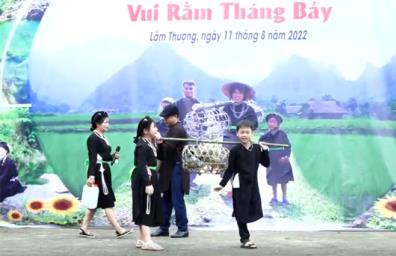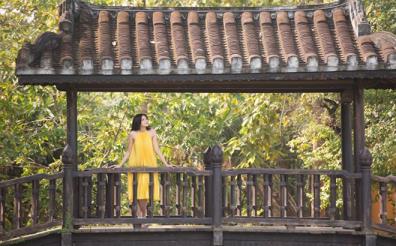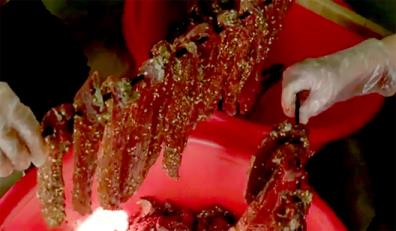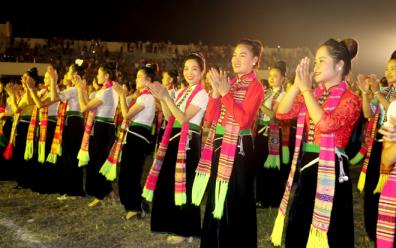The Forest Tet Festival of the Mong People in Na Hau
- Tuesday, March 4, 2025
Beyond its unique spiritual significance in seeking blessings, the "forest worship" ritual of the Mong people in Na Hau (Van Yen) plays a crucial role in forest resource management and protection.
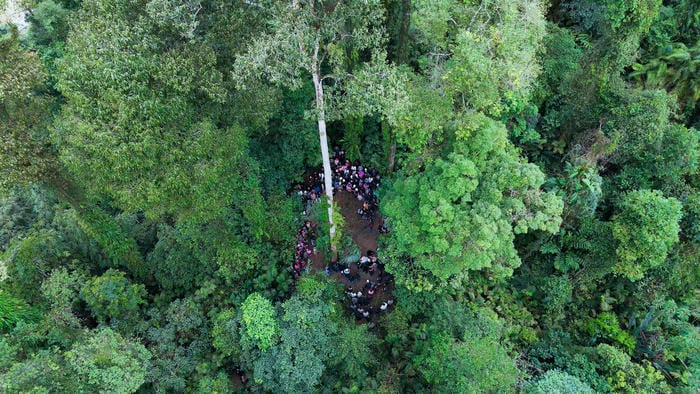
|
|
Na Hau has emerged as a rare locality, boasting an impressive 90% forest coverage.
|
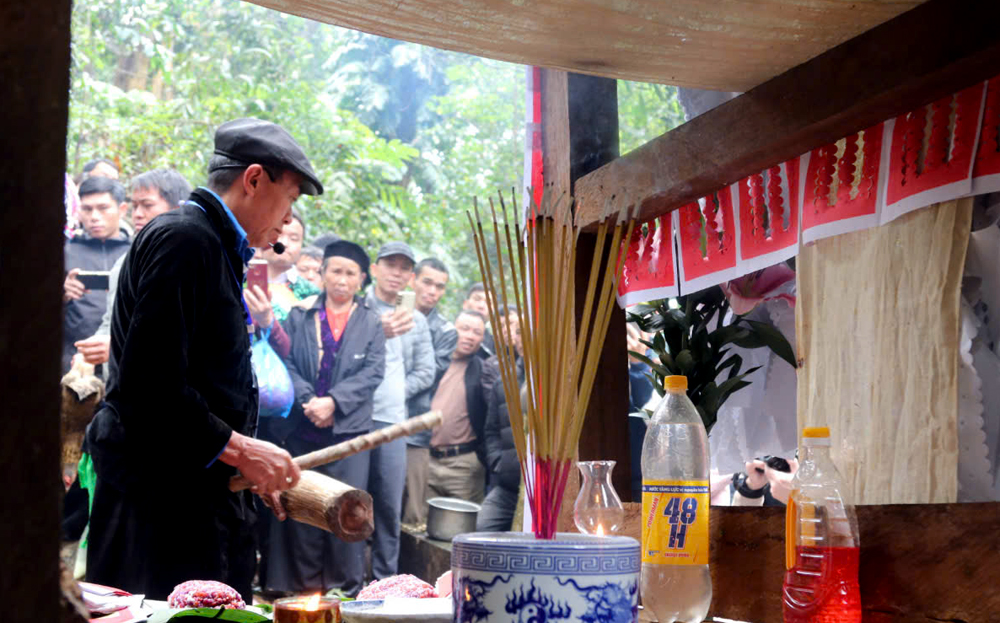
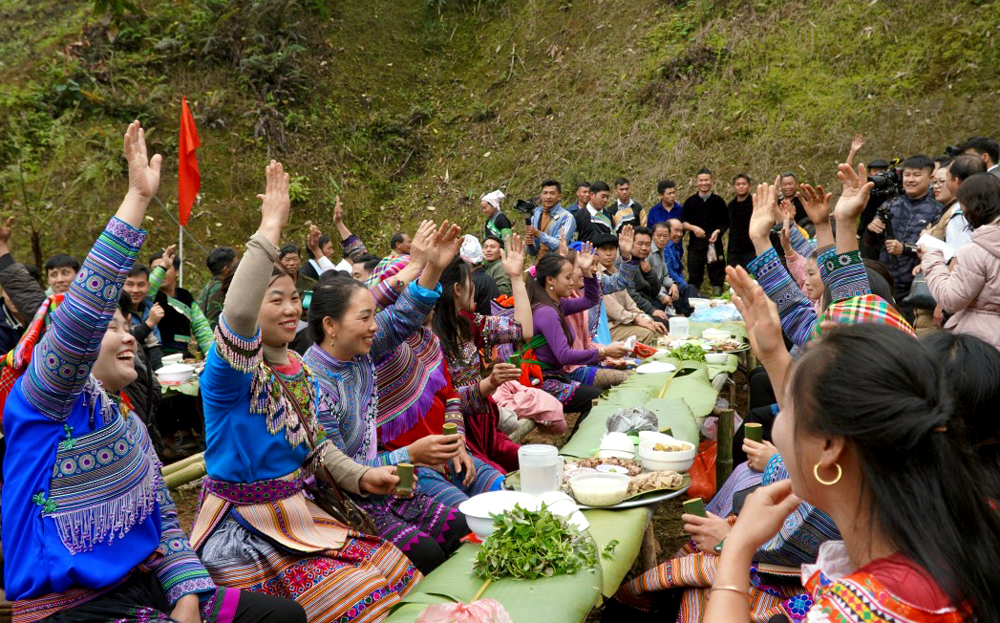
Other news

In 2025, Mu Cang Chai District aims to send 70 workers abroad, achieve a vocational training rate of 67.9%, certify 26 trained workers, transition 400 workers from agriculture to non-agriculture sectors, and support vocational training for 390 workers from impoverished, near-poor households and ethnic minority groups.
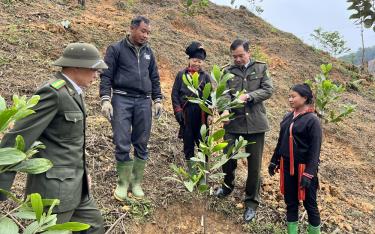
In the first two months of the year, the province planted over 2,880 hectares of concentrated forests, marking a nearly 30% increase from the same period in the previous year.

As a highland commune facing difficulties, with over 90% of its population being ethnic minorities, Nam Lanh Commune in Van Chan District has consistently focused on implementing policies to support production development, ensure stable livelihoods, and improve the well-being of ethnic minority communities. These efforts have contributed to poverty reduction and enhanced the material and spiritual lives of the people.

Since the beginning of the year, Mu Cang Chai district has welcomed 48,300 visitors, achieving 12.7% of its assigned target. Among them, 3,825 were international tourists, generating a total revenue of 50.8 billion VND.






